 We are all guilty of it. You buy a beautiful one of a kind image or postcard, sometimes at a steal, other times costing a pretty penny…….and you hope it is already in an archival mylar sleeve because you don’t have anything sitting around to properly store it in. Carefully…… into a box it goes to be dealt with later…..usually MUCH later, which will not make your new treasure very happy to be forgotten so soon after being found.
We are all guilty of it. You buy a beautiful one of a kind image or postcard, sometimes at a steal, other times costing a pretty penny…….and you hope it is already in an archival mylar sleeve because you don’t have anything sitting around to properly store it in. Carefully…… into a box it goes to be dealt with later…..usually MUCH later, which will not make your new treasure very happy to be forgotten so soon after being found.
The purpose of this article below is to highlight the best ways to store and handle our precious stashes of vintage to antique ephemera (paper collectibles). It’s time to slip on a pair of WHITE COTTON GLOVES (to protect your photos from fingerprints) and let’s get started!!
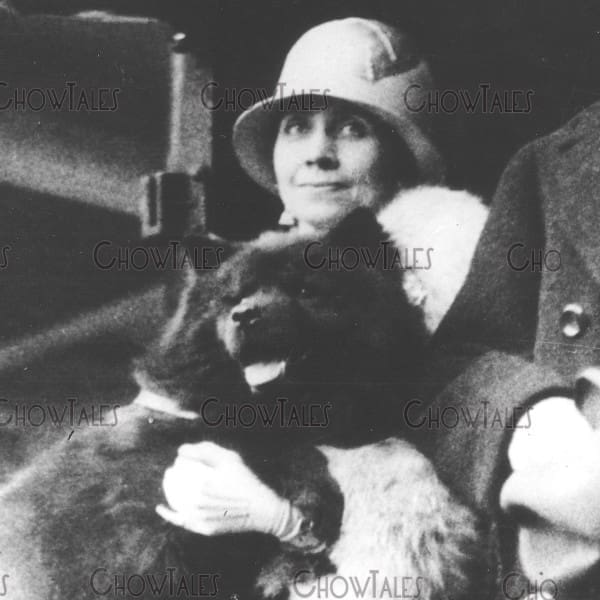
And an important note……..don’t forget to print your favorite photos of you and your dogs and put them into archival quality albums. With all the beautiful digital photography out there today, they could, unfortunately, be forever lost if they are only stored in “the cloud”. The future collectors of Chow history thank you in advance!!! ~Sandra Miller
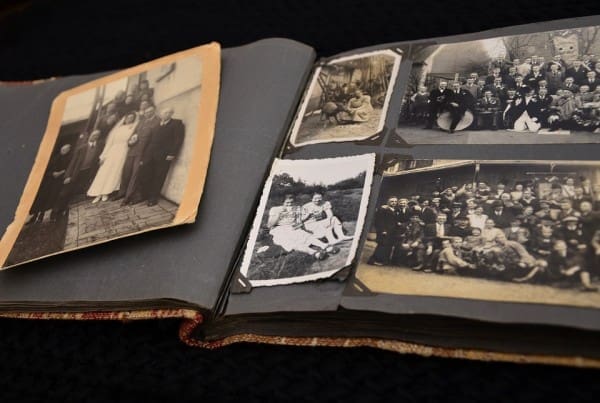 For collectibles more than 100 years old, photos and postcards produced in the early 1900s can often be found in remarkably good condition. Many of them were stored in albums when they were new, and this helped to preserve the vivid printing and paper through the decades even if they were stored in attics, garages and other environments usually unfriendly to ephemera. As the albums themselves deteriorated over time, the cards were usually removed by family members, antique dealers or collectors who ended up with them. Improper storage going forward sometimes led to stains, tears, rubs, bent corners, and other condition issues that can diminish value.
For collectibles more than 100 years old, photos and postcards produced in the early 1900s can often be found in remarkably good condition. Many of them were stored in albums when they were new, and this helped to preserve the vivid printing and paper through the decades even if they were stored in attics, garages and other environments usually unfriendly to ephemera. As the albums themselves deteriorated over time, the cards were usually removed by family members, antique dealers or collectors who ended up with them. Improper storage going forward sometimes led to stains, tears, rubs, bent corners, and other condition issues that can diminish value.
To avoid further damage to a collection of old photos, there are a number of excellent storage and display methods to consider including albums, archival boxes, and framing.
STORING PHOTOS AND POSTCARDS IN ALBUMS
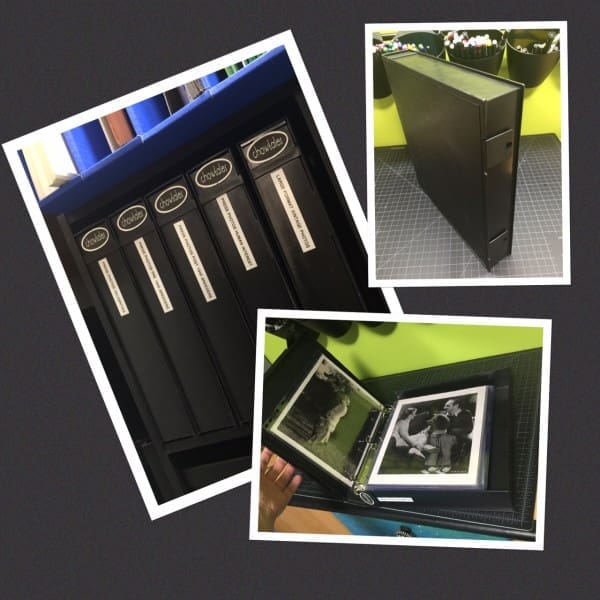 I store all of my vintage 8×10 celebrity studio photos in the albums pictured above. Each image is in a rigid sleeve to prevent bending and damage. The sides are closed all the way around to prevent moisture and light from getting inside.
I store all of my vintage 8×10 celebrity studio photos in the albums pictured above. Each image is in a rigid sleeve to prevent bending and damage. The sides are closed all the way around to prevent moisture and light from getting inside.
The advantage of storing photos and cards in an album comes with the ease of perusing your collection without touching the items. This helps to keep them clean and deters further damage that can happen when they’re handled frequently. Archival quality photo albums come in a variety of sizes and types.
- ARCHIVAL QUALITY means the materials will not only protect the cards from wear and tear damage but will not harm them by emitting chemicals.
- Be certain that clear sleeves and album pages you purchase are made of PVC FREE materials, as well as any corner mounts or decorations you use in scrapbook style albums.
- I highly recommend CORNER MOUNTS over adhesive on the back of very old photos. Even the removable type of adhesive presents challenges later on.
- Photos to0 fragile to manipulate into photo corners should be first put into a rigid sleeve. Very old thick photos that were mounted on cardboard backings are best stored in archival boxes, each in their own mylar sleeve.
- Good album choices are 3 RING style, POST BINDER style, or a FIXED PAGES style, all with clear plastic inserts that fit inside.
- Some pages are in SCRAPBOOK style with a full paper page covered front and back in a pvc plastic sleeve to create your own “collage” style story (never ever use magnet albums)
- DIVIDED PAGES are another good choice for postcards and standard size photos….. each insert having multiple slots to hold the cards.
-
LABEL YOUR PHOTOS – The knowledge of the subjects of your photographs adds greatly to the value and interest of an album, and you should identify them with whatever information is available to you. In planning and labeling your album, it helps to look at it through the eyes of somebody a hundred years from now.
-
I use a soft lead pencil on the back of every photo to write my information as well as in a scrapbook style album I write next to the image. If the page and photo become separated, the information will always remain with the image.
-
Take some time to organize your photos and cards before putting them into albums. This will help you to avoid removing them and reinserting them over and over again. Each time you remove and reinsert a card, you risk a bend or tear.
STORING PHOTOS AND POSTCARDS IN BOXES
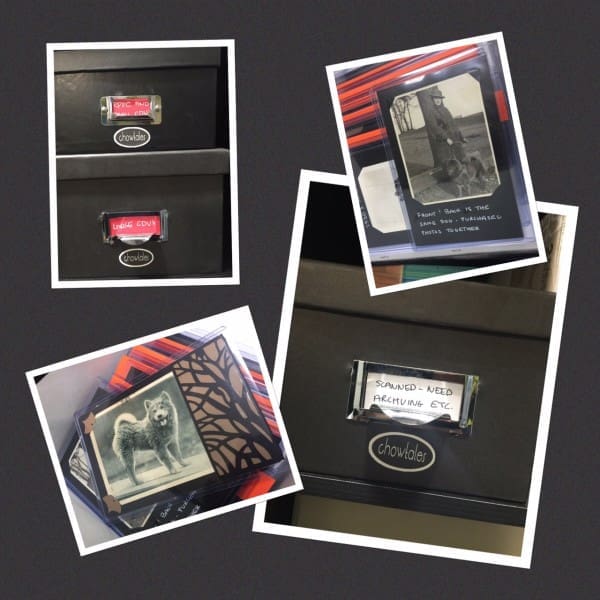 You can see above how I even decorated my photos inside each individual photo sleeve “scrapbook style”. Photo corners, writing and decorations are of acid, pvc, and lignin free materials
You can see above how I even decorated my photos inside each individual photo sleeve “scrapbook style”. Photo corners, writing and decorations are of acid, pvc, and lignin free materials
When storing old photographs, storage boxes are particularly handy when dealing with large quantities of images. A plus to using boxes to store photos is the ease this method offers in indexing and sorting the cards by subject matter or type and you can easily see both sides of the item. papers I gave each some personality.
Again, archival quality is important when purchasing storage boxes. This is especially true if the photos will actually be touching the sides or bottom of the box with no further protection. Cardboard boxes should be acid-free and some experts suggest using aluminum boxes instead of cardboard. Using individual Mylar (or another type of PVC-free plastic) sleeves to hold each photo is preferable no matter what type of box is used.
Mylar sleeves allow you to handle the photos without actually touching the paper. This keeps oils and acids from your fingers from transferring to the paper while protecting them from other perils such as soiling and tears.
FRAMING PHOTOS AND POSTCARDS
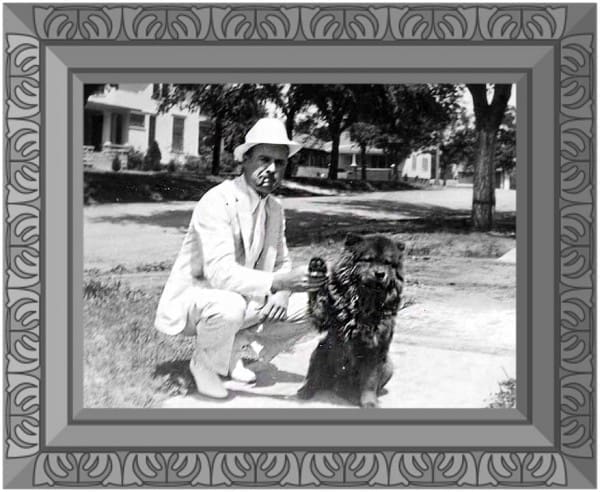 When your framed project is complete, hang it away from direct sunlight to avoid fading. Displaying collectibles in a hallway without windows or a room that stays dark or dimly lit most of the time is preferable.
When your framed project is complete, hang it away from direct sunlight to avoid fading. Displaying collectibles in a hallway without windows or a room that stays dark or dimly lit most of the time is preferable.
If you have a small collection of special photos, framing them to display on shelves or walls is an option. This way you can admire them, share them with others and protect them at the same time. The recurring theme of using archival quality materials comes into play here as well.
Whether you frame the images yourself or have a professional framer do the work, make sure acid free papers and mats are used. It’s best if the item itself does not touch the glass, and an acid-free mat usually works well for this purpose. The mat can be cut to fit a standard size frame for the economy but be sure all materials actually touching the card are acid-free.
WHERE TO PURCHASE ARCHIVAL SUPPLIES
Albums and sleeves especially made for photographs, scrapbooking and postcards can be purchased from a number of online retailers including the2buds.com which is my personal favorite. You can shop around for the best deals on your supplies, and even buy them locally from a craft store, but, once again, be sure you’re using archival quality products to preserve and protect your collection.
Framing supplies and services are available at most local craft stores and frame shops. If you’re not sure what you need to safely frame your postcards, consult with the framing department in one of these stores for more guidance. SOURCE
CLICK HERE TO BRING YOU TO THE RESTORATION PROJECTS FROM MY PRIVATE COLLECTION OF RARE CHOW PHOTOGRAPHY
 REPRINTS, ORIGINAL CHOW ARTWORK, AND GIFT ITEMS ARE AVAILABLE IN MY ZAZZLE STORE
REPRINTS, ORIGINAL CHOW ARTWORK, AND GIFT ITEMS ARE AVAILABLE IN MY ZAZZLE STORE
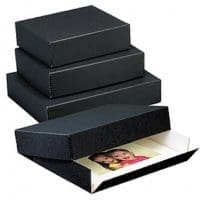

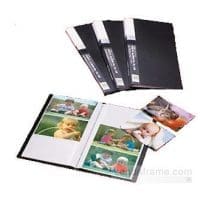
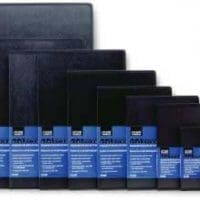
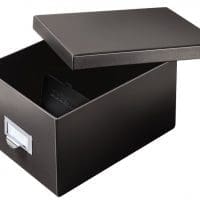



Recent Comments